Review round-up: channel-switching combo amps
Versatile contemporary guitar combos from Blackstar, PRS, Peavey and Marshall
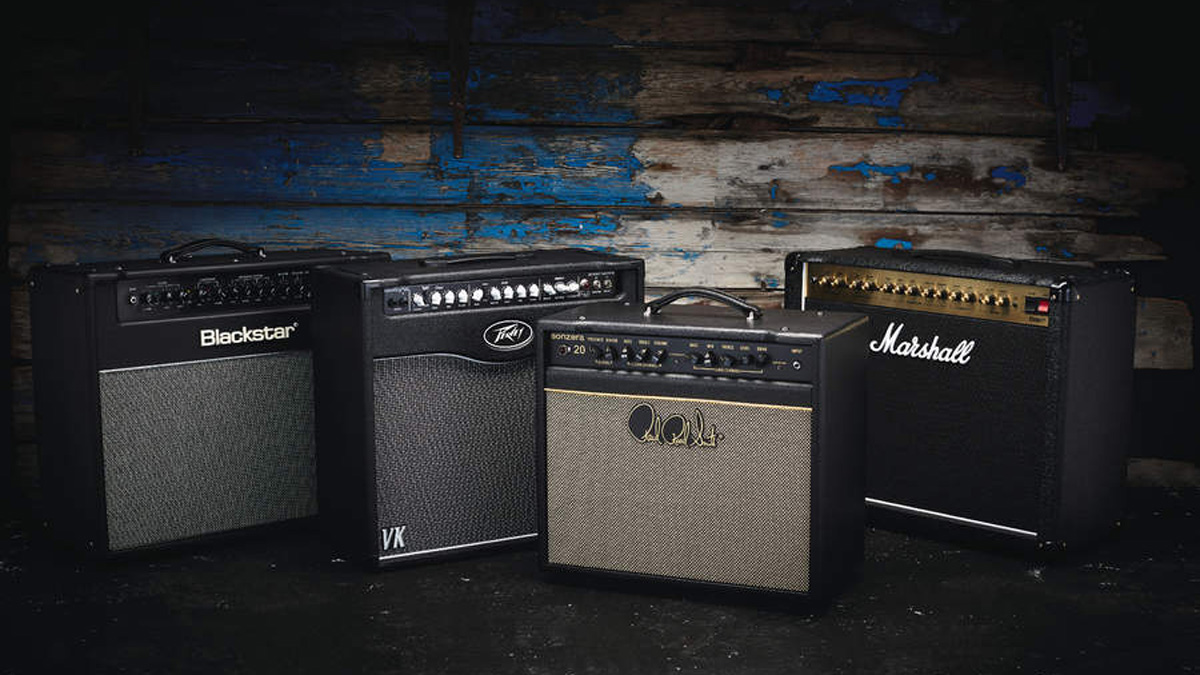
Vintage or vintage-inspired gear is great, but often it’s not so flexible.
While many classic combo amps had more than one channel, like Marshall’s Super Lead, Vox’s AC30 or Fender’s Twin Reverb, the idea of being able to use a footswitch to remotely change channels didn’t really take off until 1980, with Mesa Engineering’s Mark 2 Boogie.
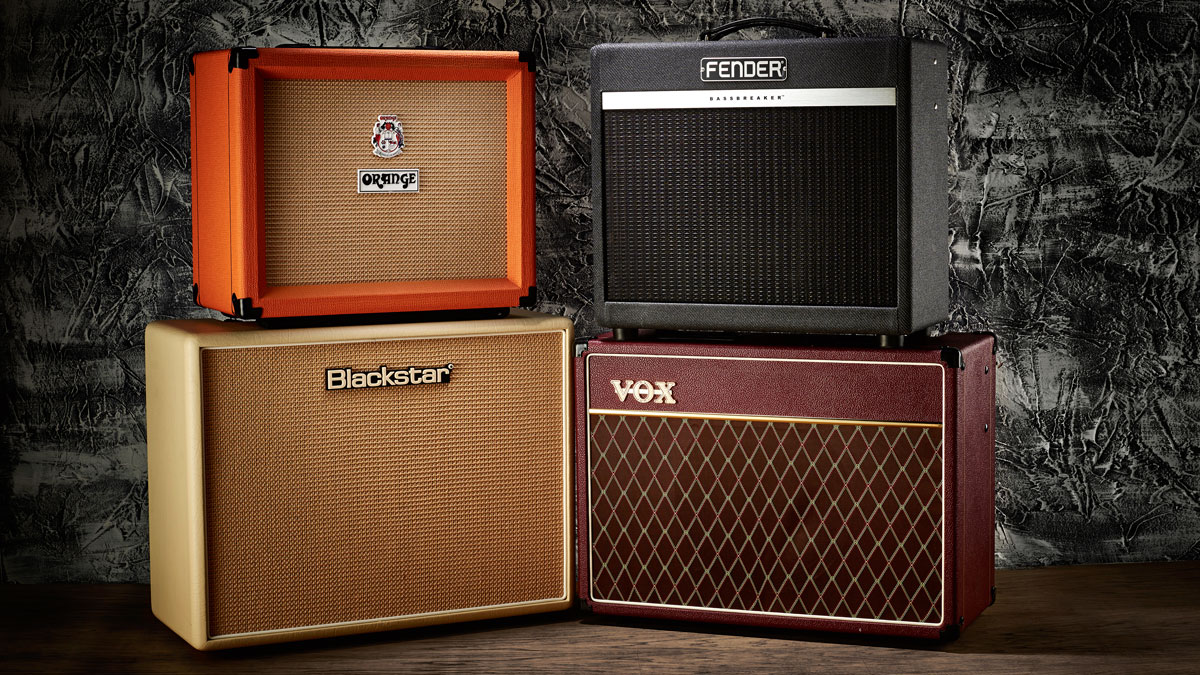
The 15 best guitar amps: our pick of the best amps for beginners and experts
Today, though, channel switching is the norm and many modern guitar amps offer two, three or even four channels, often with other switching functions. Some cost-effective designs give the impression of multiple channels from a single preamp with different boost and EQ options, while more complex amps feature truly independent pre-amplifiers, often with separate valves and EQ networks to maximise tonal flexibility.
The most popular channel-switching device is a relay - a small switch powered by electromagnets, while some boutique amplifiers (notably Rivera) use more specialised light-powered opto-isolators, for seamless pop-free cross-fade switching. Modern amp designs often have many switched functions and use logic circuits or MIDI, so one button can operate several things simultaneously, for example changing channels, switching effects loops or boosts.
So if your gig needs plenty of sonic options, here’s our pick of four tempting mid-price channel-switchers.
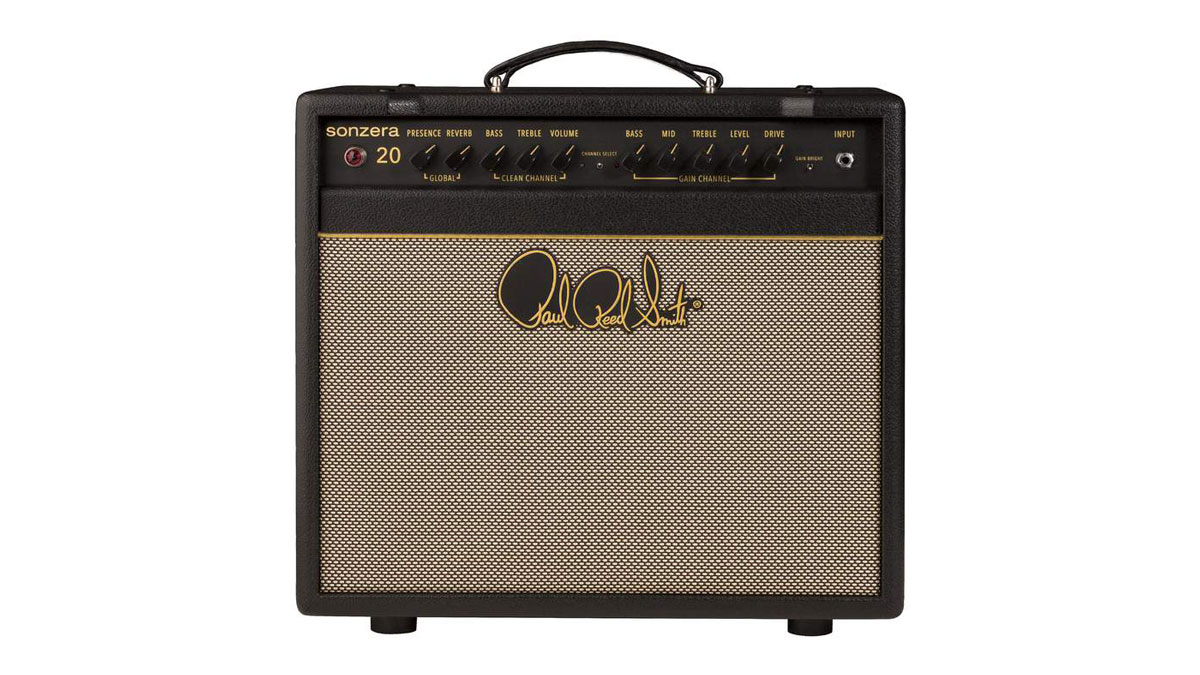
PRS Sonzera 20
What’s a Sonzera?
The Sonzera is a PRS-designed Chinese-built range of amps that promises to deliver PRS quality and tone at an unheard-of price. The name means ‘great tone’ in Brazilian and there’s no skimping on quality with a smart, well-proportioned poplar ply cabinet, hand-wired power valves and a superb Celestion V-type 12" loudspeaker.
How do those two channels work, then?
This is a proper two-channel design, with separate EQs for clean and gain channels. A single volume control on the clean channel accesses vintage Fender-inspired cleans that can be pushed into mild breakup, while the gain channel has tons of overdrive but still sounds great with the gain backed down. Not many amps do this and it makes the Sonzera 20 very versatile.

What else is there?
You get a great-sounding spring reverb, an effects loop and external bias adjustment with test points, useful for keeping the power valves working at their best without risking the high-voltage stuff inside the chassis. And you get a big ol’ PRS logo, too.
At a glance
Key features: 4x12AX7,2x6L6.Two channels for clean and gain, with separate EQ controls, bright switch on gain channel, global presence and reverb controls. External bias adjuster with test points and five speaker jacks. 1x Celestion V-Type 12" loudspeaker
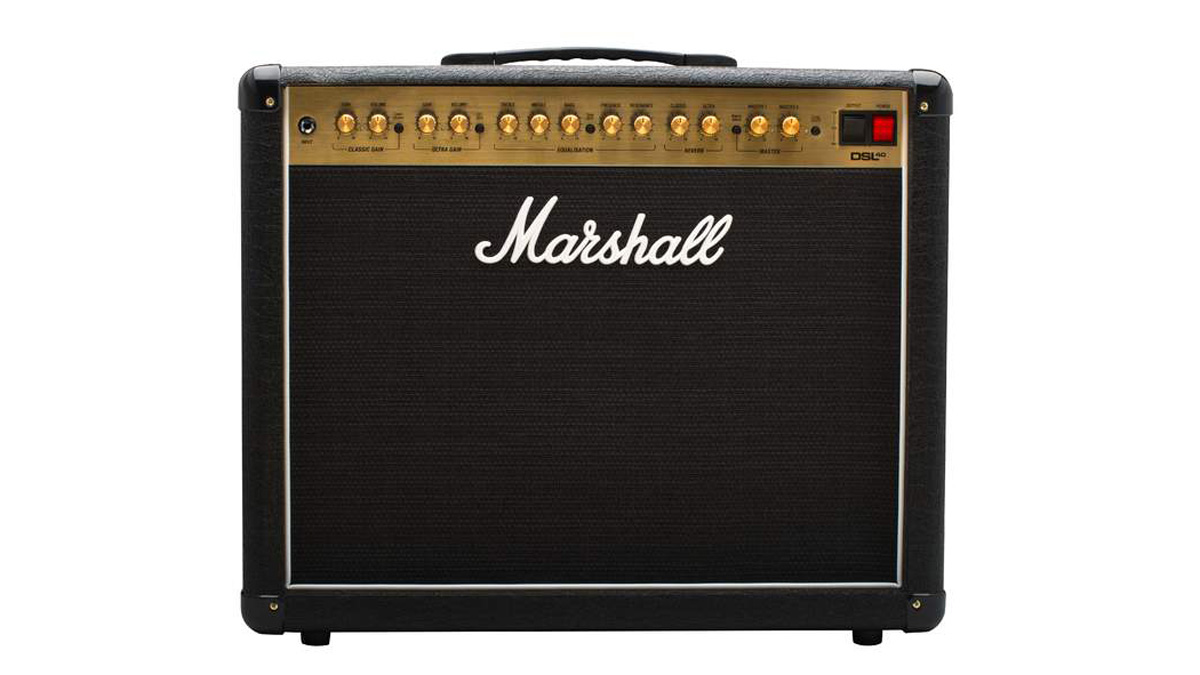
Marshall DSL40
What’s the DSL40 all about?
Marshall’s DSL40 is the latest version of this long-running mid-priced combo that’s proved to be a winner for Marshall. Like most mid-priced Marshalls, the DSL40 is now made in Vietnam rather than Bletchley, but features the instantly recognisable black, gold and white style of rock guitar’s most famous backline.
What’s it packing?
The DSL40 has two channels, each with two voices and a shared EQ. There’s also a pair of master volumes and separate level controls for the amp’s digital reverb, together with global presence and resonance controls that tweak the power stage’s high and low frequency response. Five speaker outlets and switchable series effects loop give the DSL40 considerable versatility.
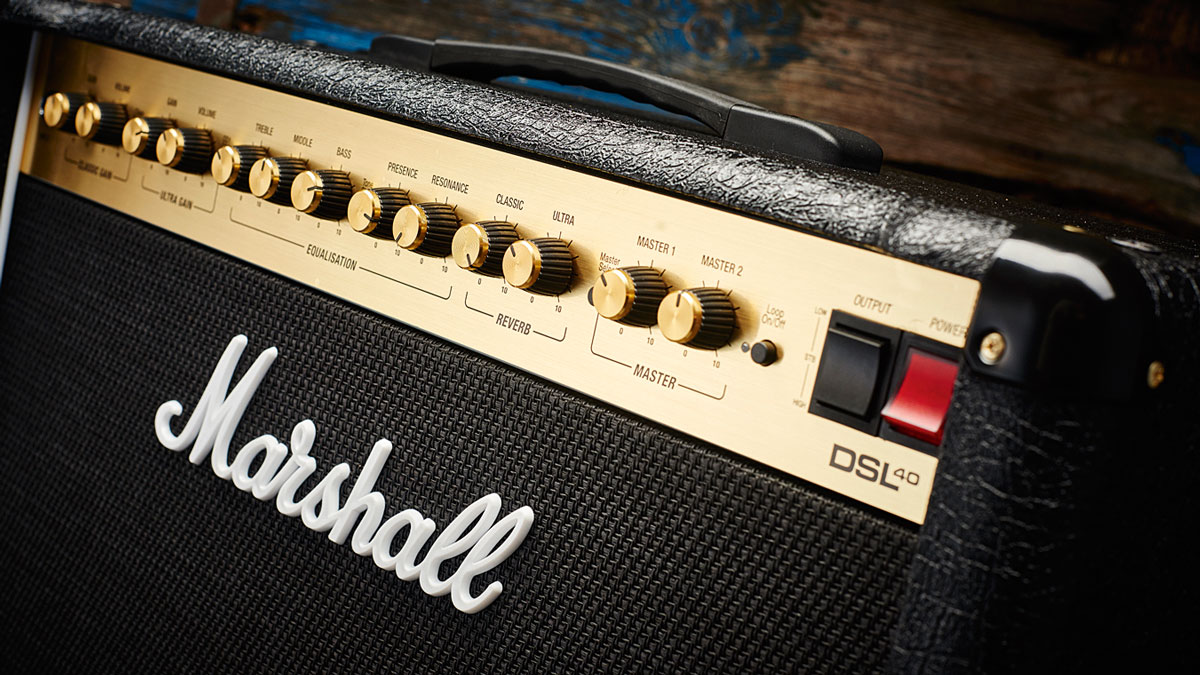
What else do I get for my money?
The DSL uses Celestion’s excellent 12" V-type loudspeaker and features MIDI control over all its switched functions. If you have a MIDI-compatible effects unit or foot controller, you can use it to control the DSL remotely. There’s also an excellent speaker- emulated recording out and a choice of high and low power options.
At a glance
Key features: 4x12AX7, 2x EL34. Two dual-voiced channels with shared EQ, tone shift option, dual switchable master volumes, switchable series effects loop, digital reverb with separate channel level controls, high and low power (20 watts) options, speaker- emulated line out, mp3/audio in, MIDI in. 1x12" Celestion V-Type loudspeaker
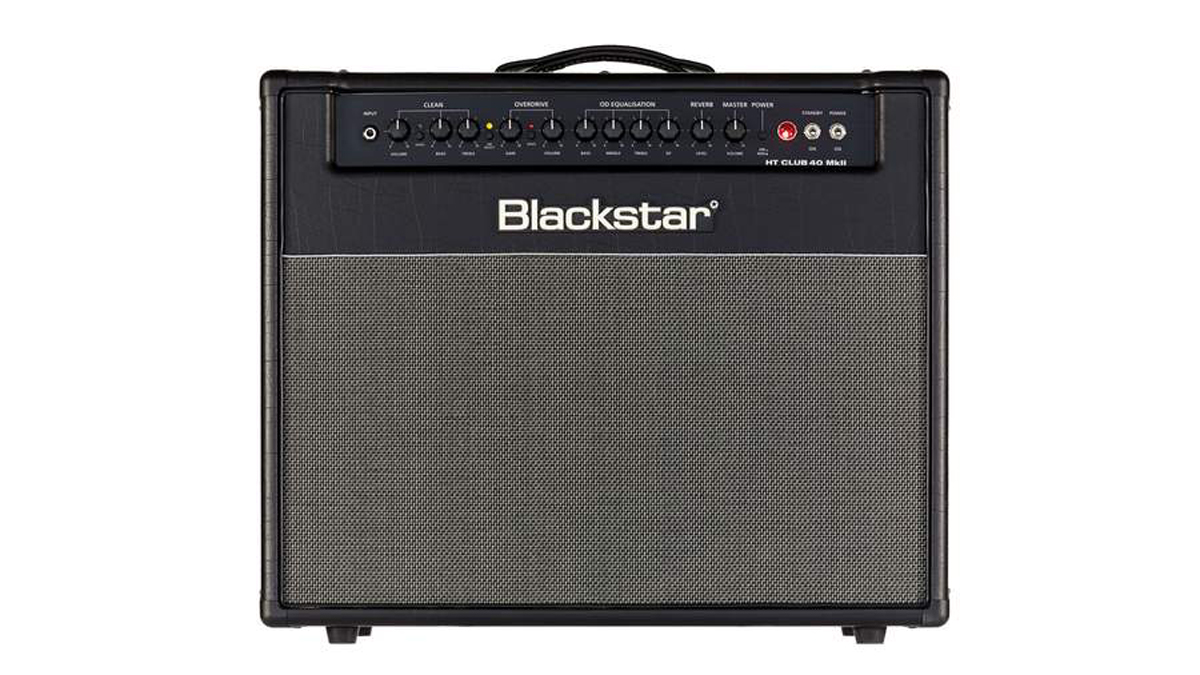
Blackstar HT Club 40 Mk II
What’s new about the HT Club 40?
In a word, everything. Blackstar’s talented design team went through every aspect of their best-selling HT series looking to see how it could be improved without losing the familiar character that’s proved so popular over the years. The amp’s voices have been refined and reworked for increased depth of tone and flexibility, changing amp class and damping as well as EQ.
Is it easy to use?
Yes, indeed. You get two separate channels for clean and lead, each with two voices and separate EQs. The lead channel also gets Blackstar’s patented ISF (Infinite Shape Feature), which continuously varies the EQ from USA to UK response for huge tonal flexibility. There’s also a new in-house digital reverb that rivals pro studio units for quality.
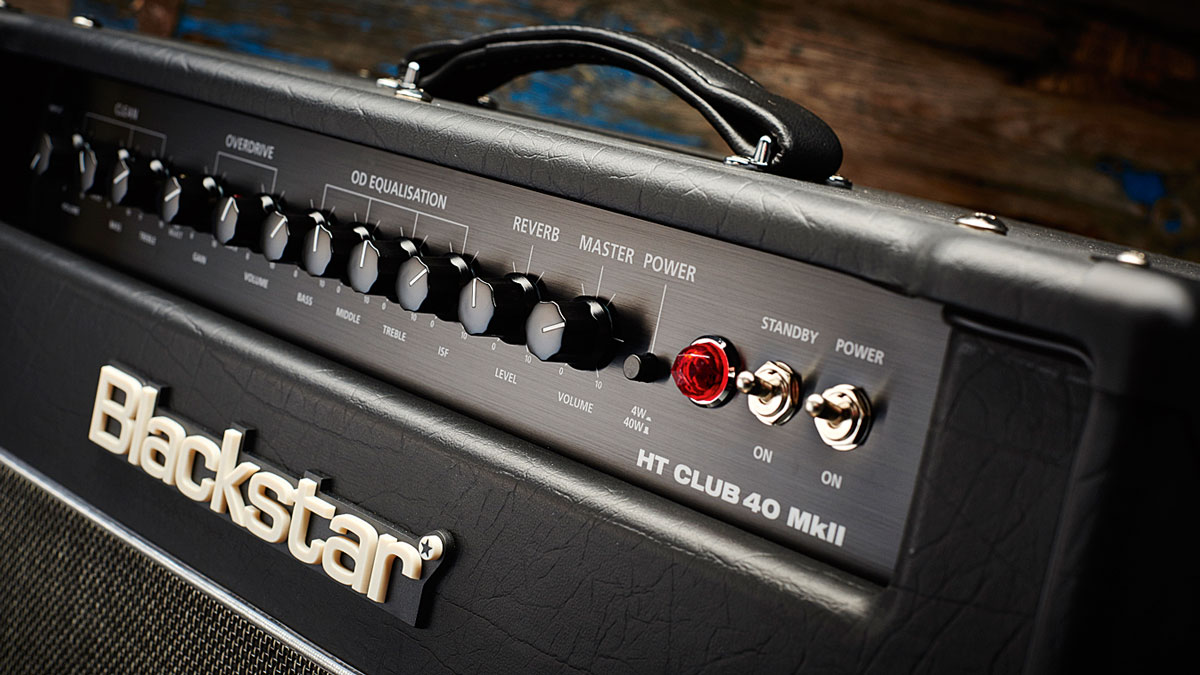
We spy a lengthy spec list...
The HT Club 40 includes a trio of speaker outlets, a series effects loop with switchable levels and multiple speaker-emulated recording outputs. There’s a useful low-power setting that drops the output to just 4 watts and a dark/bright reverb tone switch.
At A Glance
Key features: 40W 2x 12AX7, 2x EL34. Two dual-voiced channels with separate EQ, series effects loop with switchable levels, digital reverb, speaker-emulated line outs on jack and balanced XLR with cabinet simulation switching, 4 watt low power option, 4-channel pro USB recording, 1x12" Celestion Seventy 80 loudspeaker
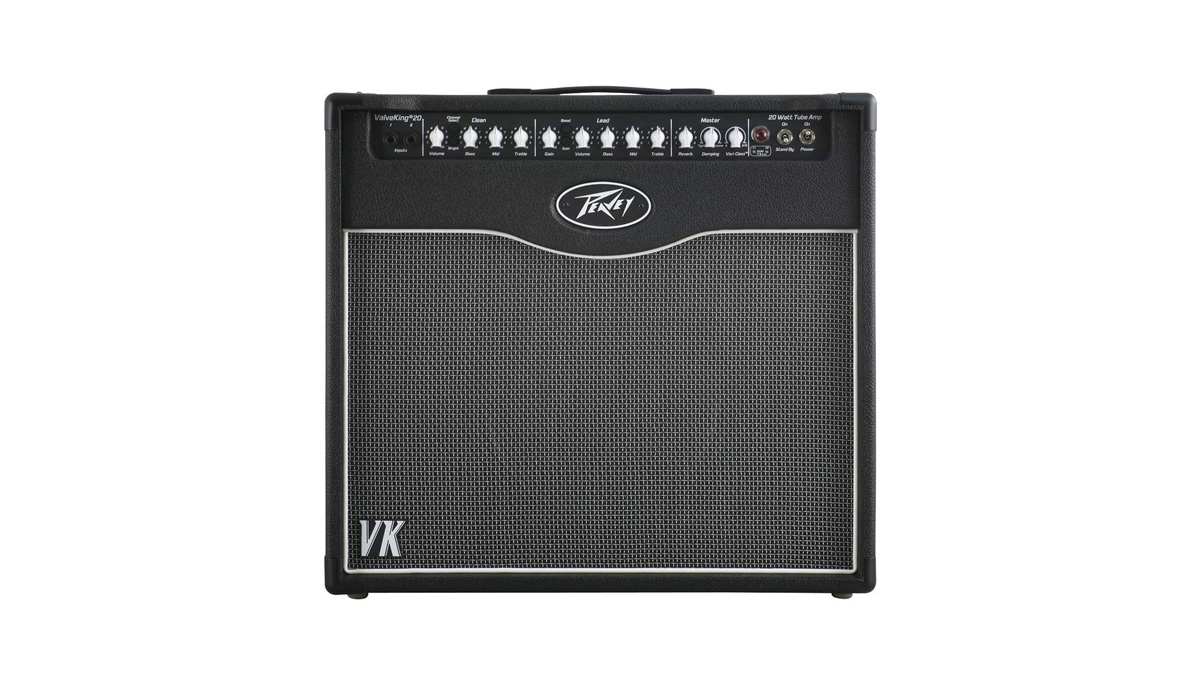
Peavey ValveKing MKII 20 Combo
What’s the ValveKing all about?
ValveKing is Peavey’s ‘affordable boutique’ range, now in Mark II guise, which includes cool features like Vari-Class that lets you continuously vary the power amp from class A to class AB. The new Mark II amps get Peavey’s superb MSDI (Microphone Simulated Direct Interface) output, as well as a USB out for direct recording into your computer.
What does it do?
There are two independent footswitchable channels with separate EQs, a single volume on the clean channel and a gain and volume control on the lead channel. There’s a footswitchable series effects loop and a very nice reverb. One single control called Damping takes care of power stage presence and resonance, and you can select from 50, 12 or just two watts of output power.
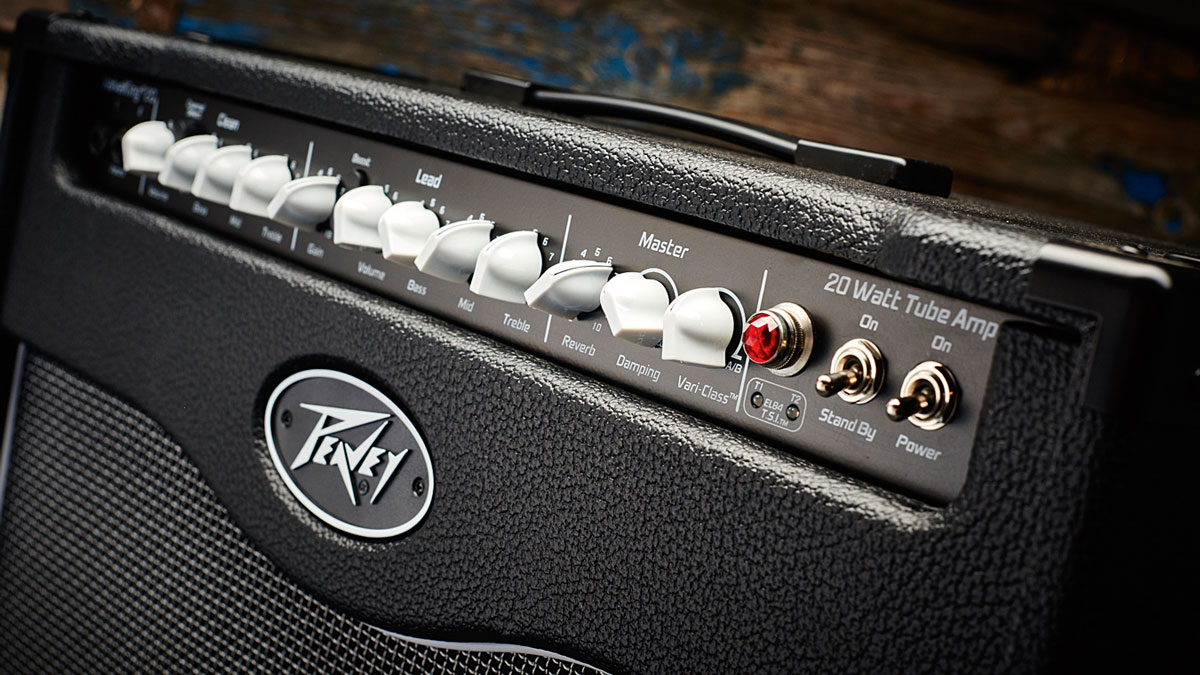
What about direct recording?
Peavey’s MSDI circuit is an excellent solution that lets you plug directly into a mixing desk for live or studio work with no loss of dynamics; it sounds just like a very good mic’d up speaker cab and includes ground lift and speaker defeat switches.
At A Glance
Key features: 3x 12AX7, 2x EL84, two independent channels with separate EQ, MSDI output with ground lift and speaker mute, USB recording output, Vari-Class, reverb, footswitchable series effects loop, 20w, 5w and 1w power options. 1x12" Peavey ValveKing loudspeaker
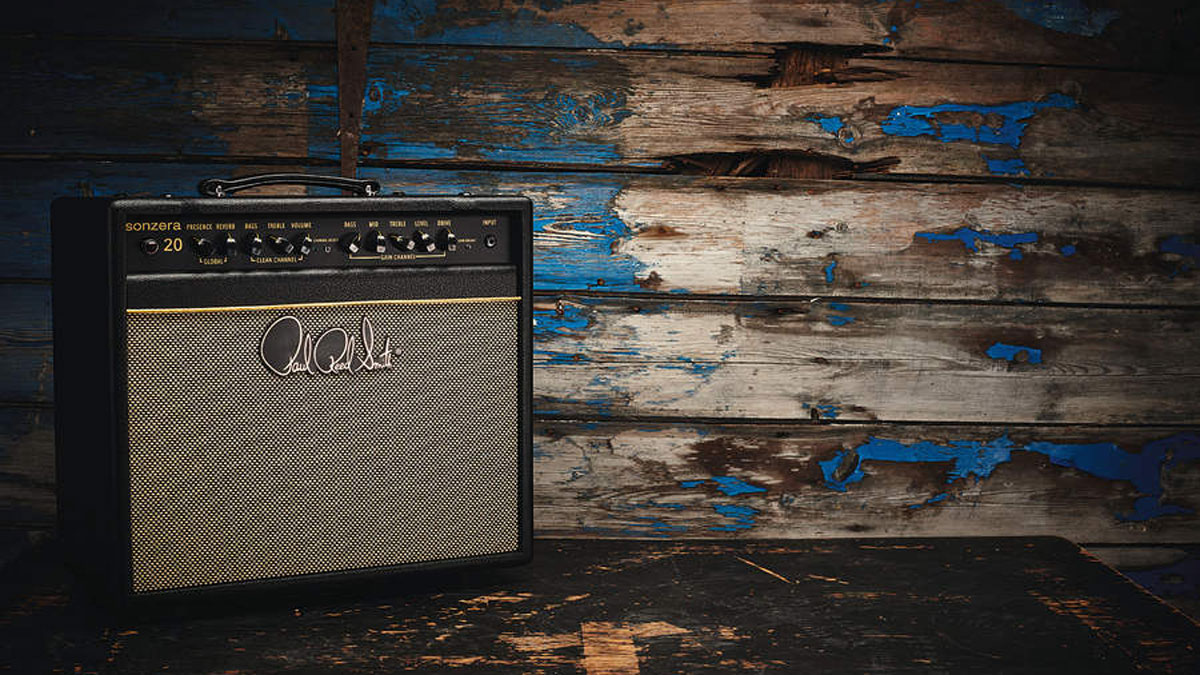
Head to head
All four combos fire up smoothly and quietly with little or no hiss and hum, and all seem to work equally well with humbuckers and single coils, thanks to wide-ranging EQs and voicing options.
Despite its relative lack of features, the PRS Sonzera 20 packs serious tonal authority, with stunning clean and high-gain voices. We liked the way the clean channel can be driven into a very authentic tweed vintage overdrive, while the gain channel provides plenty of filth but also sounds really good at low drive settings, something most amps don’t do well.
Marshall’s latest DSL40 may not have the luxury of independent EQ, but with two voicing options on each channel as well as a tone shift button, there’s plenty of flexibility. The DSL40’s clean sounds are better than earlier versions and the crunch and OD1 settings are great fun to use, while OD2 provides all the modern distortion that you would expect from a Marshall.
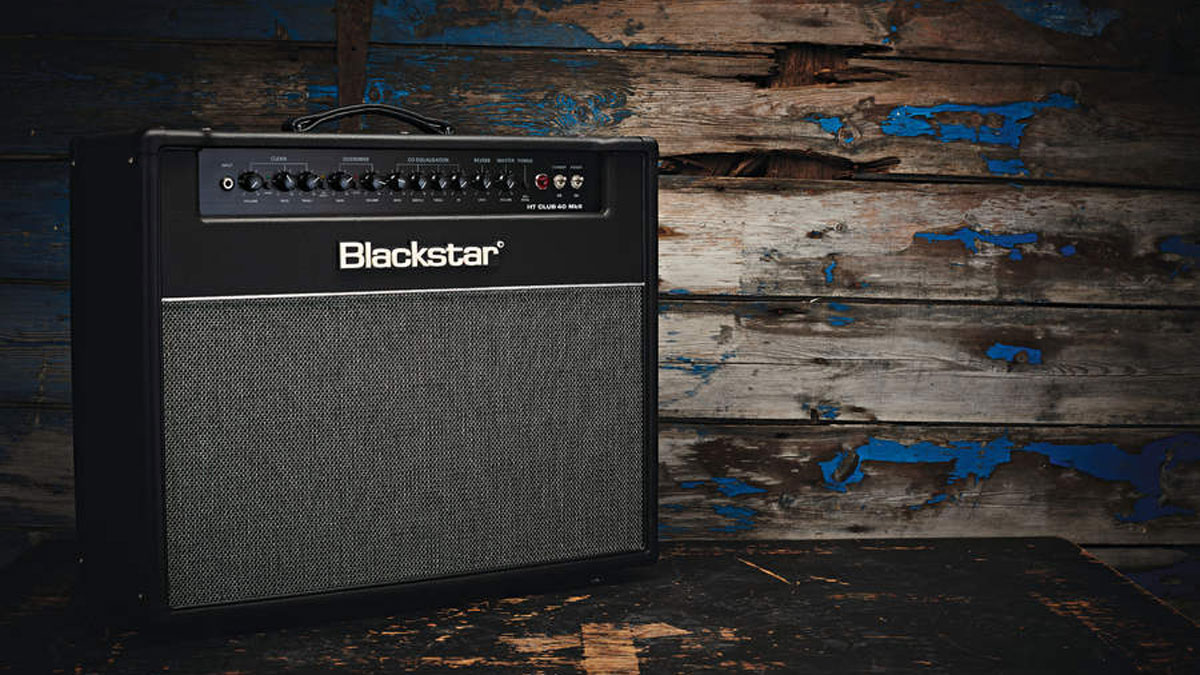
Blackstar’s all-new revised HT Club 40 also has four voices to choose from, with the extra benefit of their clever ISF control on the lead channel, which continuously varies the amp’s EQ between UK and USA response. The HT40 Club MkII excels at low to medium gain drive settings, where the in-house digital reverb really adds a new dimension to this amp’s capabilities.
It’s a similar story with the Mark II version of Peavey’s EL84-powered ValveKing; while the VKII doesn’t have four preamp voices to choose from, it has Vari-Class, which lets you experiment with class A or class AB power amp response and any combination in between. Vari-Class is quite subtle at lower volume levels but has more effect as the volume controls are turned up. The Peavey sounded great for low- to medium-gain playing, and the low wattage options make it ideal for home use. The MSDI outputs have a low noise floor - which is perfect for hooking up to a mixing desk.
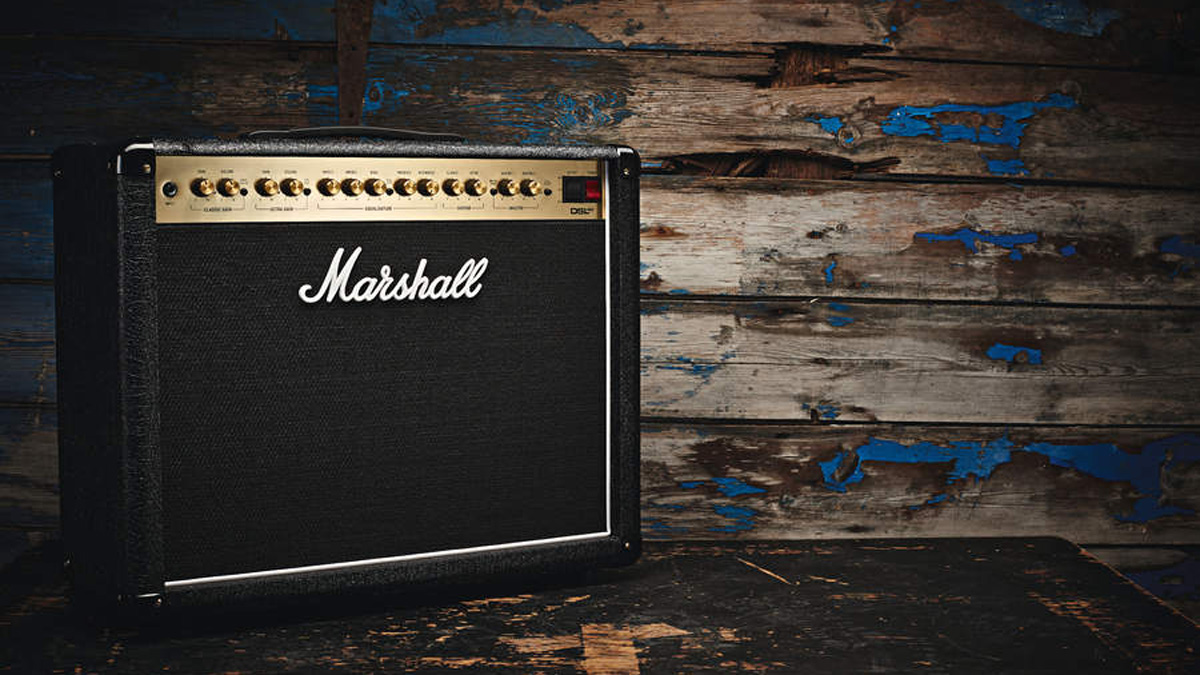
Final verdict
One thing that became clear while testing this quartet was how closely matched they are.

The 15 best guitar amps: our pick of the best amps for beginners and experts
With the exception of the PRS Sonzera 20, three of the combos have very similar features and capabilities. Players who spend a lot of time in the studio should check out Blackstar’s HT Club 40 and Peavey’s ValveKing; both have a wide range of subtle tone variation together with low power options and direct-to-desk connectivity.
Marshall’s DSL40R is perfect for anyone who wants loud, aggressive modern metal sounds, and the MIDI option means it integrates well into modern externally switched effects setups. The PRS Sonzera 20 takes a different but no less tempting path, focusing on tone and dialling in the most tonal range from a relatively simple design, with huge flexibility from both channels.
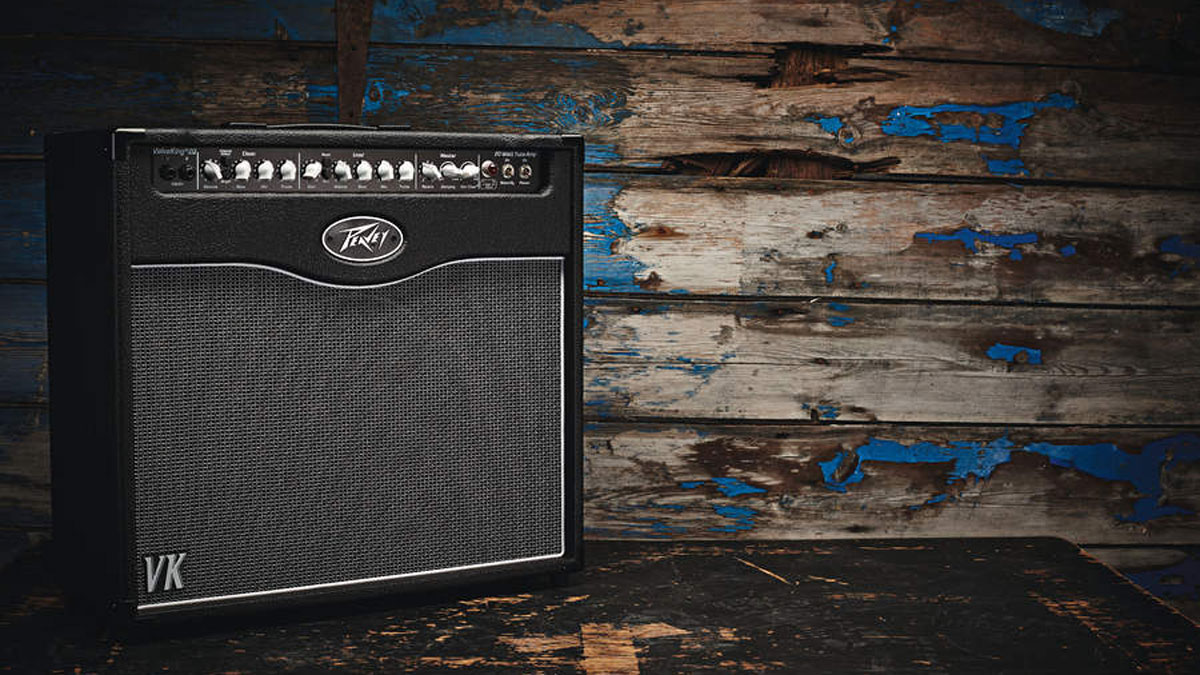
Despite being the lightest and most compact, the Sonzera 20 didn’t suffer from lack of bass projection, thanks to the excellent Celestion V-type loudspeaker and PRS’s choice of lightweight, highly resonant poplar ply for the cabinet - a boutique amp secret.
Despite having fewer features, the Sonzera is very versatile and amazing value for money. But whichever one of our quartet you choose, you won’t fail to be impressed by the sheer quality and feature-rich designs that typify mid-priced guitar amplification these days. All four combos are superb buys.
Best value: PRS Sonzera 20
5 out of 5
Best all-rounder: Blackstar HT Club 40 MKII
4.5 out of 5
Best for rock: Marshall DSL40
4 out of 5
Best for recording: Peavey ValveKing MKII 20 Combo
4 out of 5
“Its mission is simple: unleash the power of any amplifier or line-level source without compromise”: Two Notes promises a “watershed” in tube amp control with the Torpedo Reload II
“A pedal that sings with harmonic richness and blooming touch response”: Tone King offers up boutique tube amp tones for your pedalboard with the Imperial Preamp
“Its mission is simple: unleash the power of any amplifier or line-level source without compromise”: Two Notes promises a “watershed” in tube amp control with the Torpedo Reload II
“A pedal that sings with harmonic richness and blooming touch response”: Tone King offers up boutique tube amp tones for your pedalboard with the Imperial Preamp











